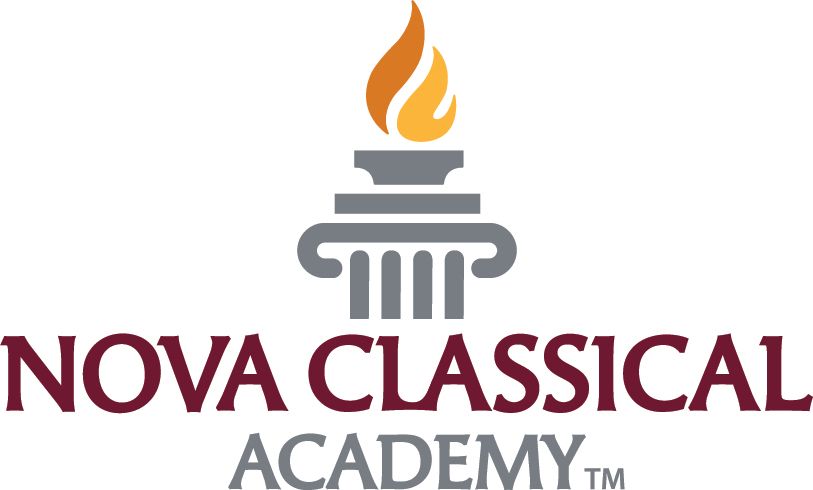Curriculum > School of Logic (6-8)
The content for the School of Logic should be more challenging than that of the School of Grammar. It should be primary text in the most comprehensible translation available, but some content may be abridged for length. Between the Schools of Logic and Rhetoric, students will read many of the great works in the Western tradition; care should be given when selecting sources to ensure that if a text should be read by an older student (for maturity, comprehension, etc.) that it be read in the School of Rhetoric. Thus we design the content of the Schools of Logic and Rhetoric together.
Logic-stage sources should emphasize analytical thought in the author and/or in the instruction of it. It is critical that that the themes and ideas which are the focus of student study connect together between units and subjects. At each moment the School of Logic student should feel that his course of study is a tapestry of interwoven ideas and thoughts, and that he is working to discover and then connect ideas together.
Pedagogy
The dominant pedagogical style in the School of Logic is the dialectic. Dialectic is a style of instruction whereby an answer is arrived at through the exchange of logical arguments. Plato believed that only through the exchange of ideas could knowledge develop, and Hegel famously developed the modern model of dialectic: presentation of a thesis, contradiction through an antithesis, and final resolution to a synthesis. The basic idea behind dialectic is that only through interchange of ideas/thoughts between interlocutors can true knowledge be discovered (in contradiction to lecture which can only deliver a simple idea to another person). In the School of Logic that interchange is governed by the dynamic of a teacher to discipline of knowledge, but the process of interchange remains the mechanics by which the student grows.
Virtue Education
In this stage virtues are interrogated for their logical benefit to school and society; students are asked to connect their understanding of virtue, their actions, and a potential outcome. Such work is done through critical exploration of literature, history, and application of all sciences and arts. Teachers use homeroom and class time to introduce topics worthy of discussion; students bring their critical eyes to any situation and can be asked to explore and explain how they understand virtue to be working or to be supposed to be working.
Praxis (where idea and practice meet)
In the School of Logic students engage regularly in dialogues with their teachers. The substantial form of the interchange is question and answer: the teacher asks a question and the student gives as thorough an answer as possible. The teacher then pushes the student further towards ultimate knowledge by continuing to ask questions about his answers which show the weaknesses in it, forcing the student to reply with stronger and stronger ideas. Thus the teacher leads the student to a (teacher-known) end by forcing the student to use logic to grow his understanding from known to new, from incomplete to more perfect ideas about topics.
